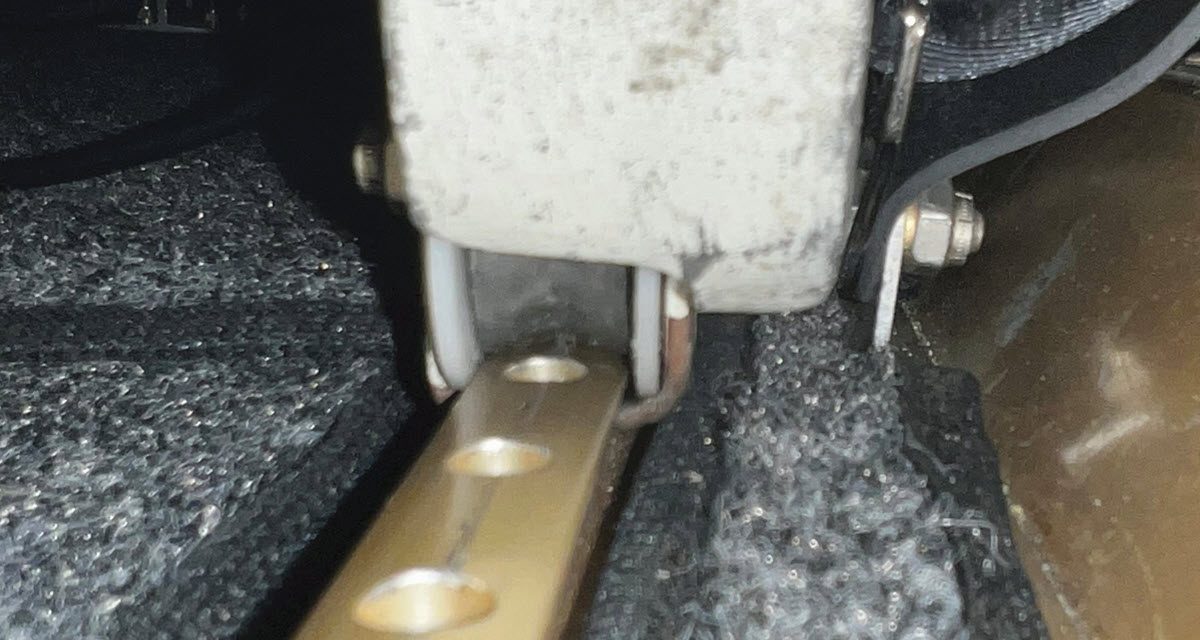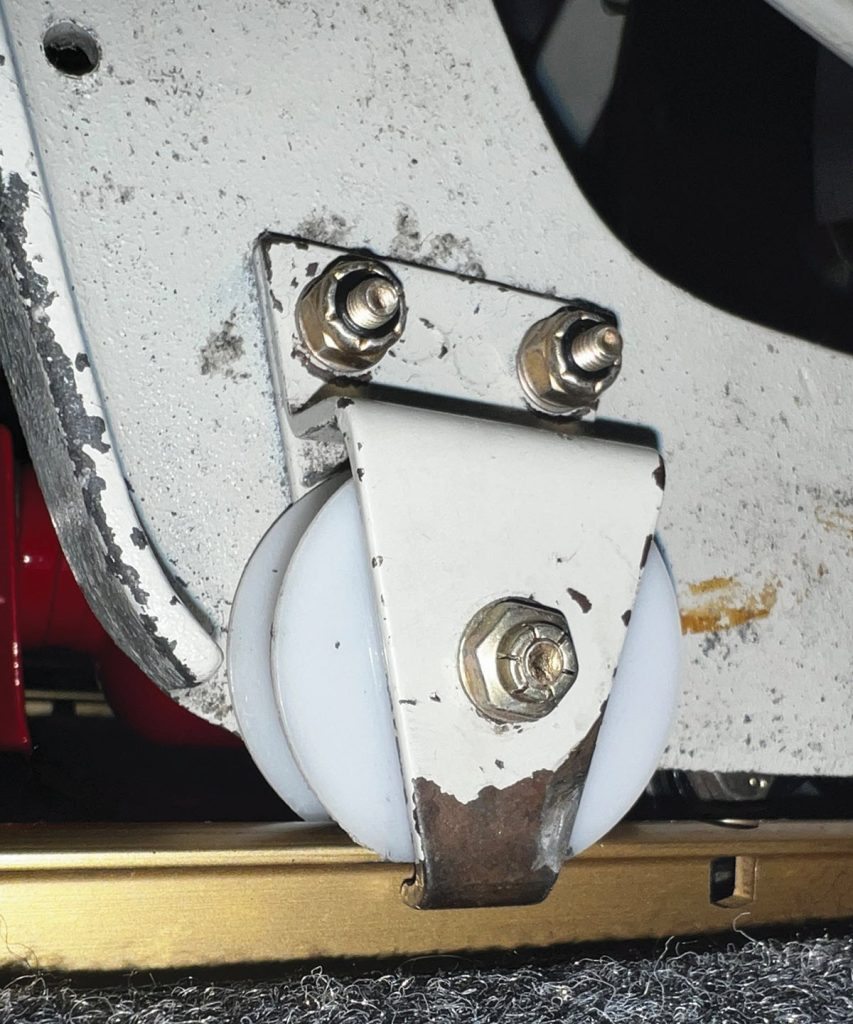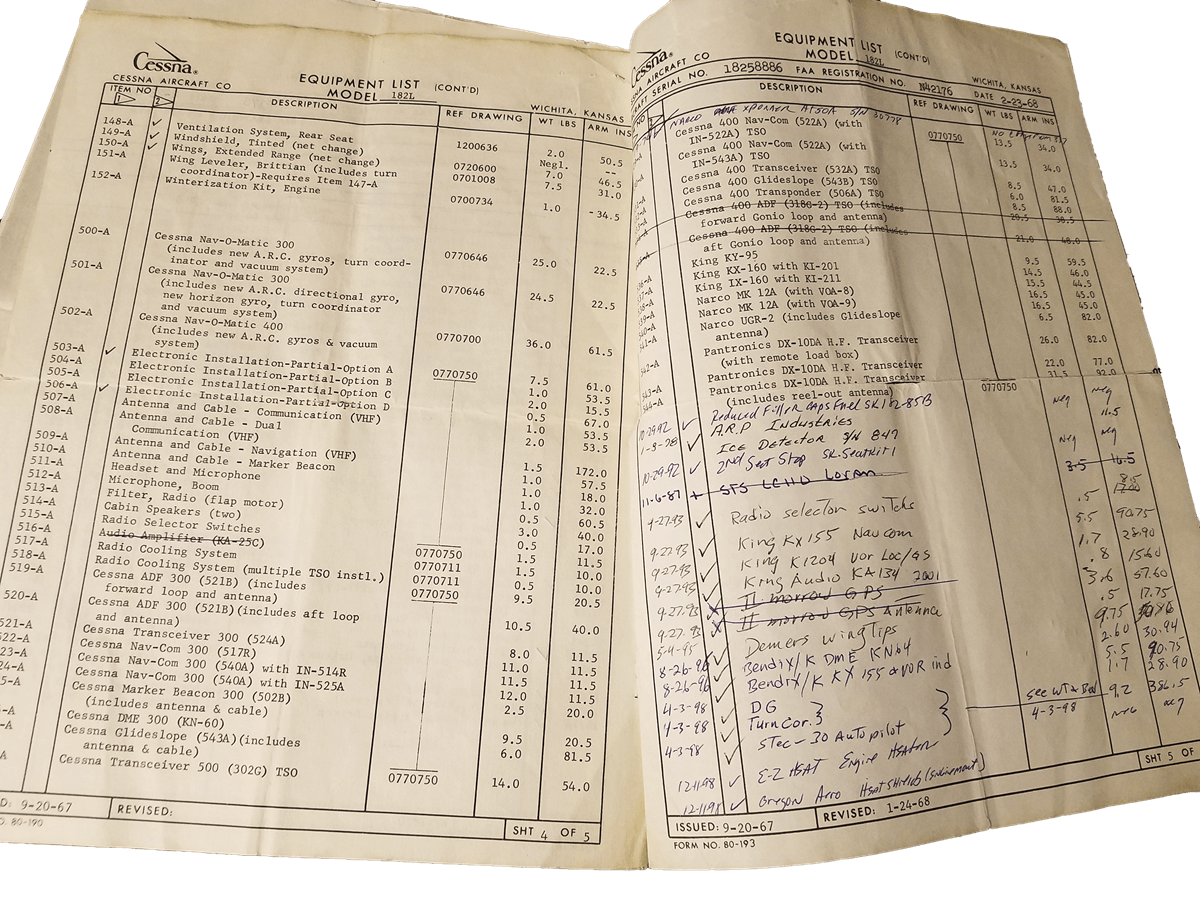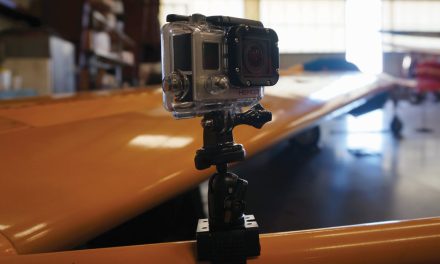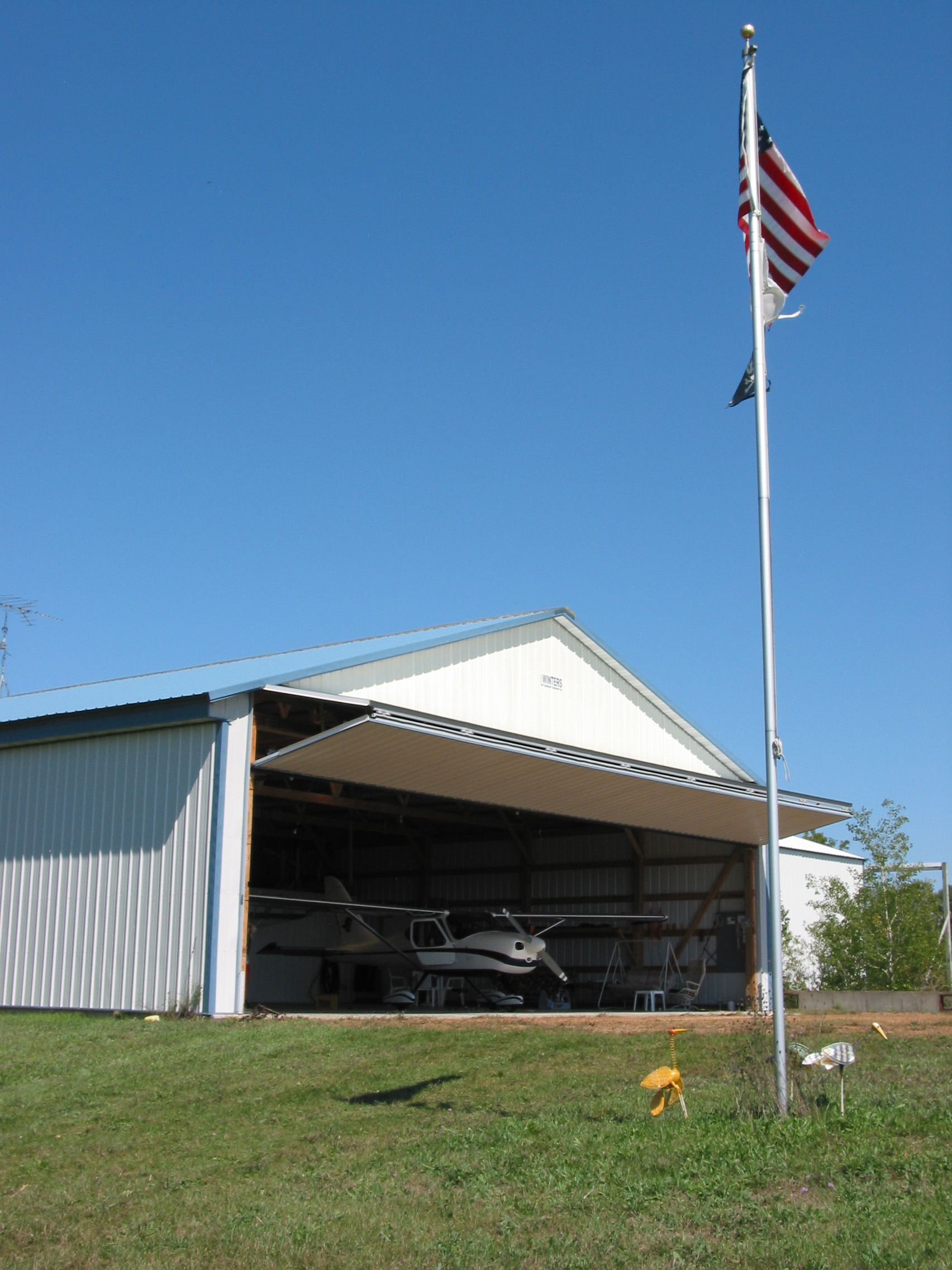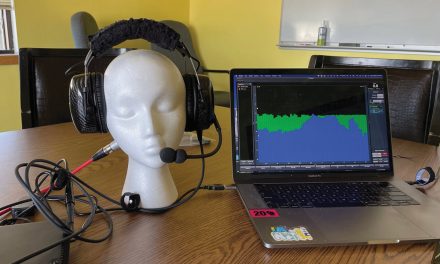Paul New offers Cessna owners a lot of excellent advice in his 2022 webinar, and we continue to publish excerpts from it. Continuing with our past discussion of AD 2011- 10-09, which requires periodic seat rail inspections, another facet of this AD covers seat rollers and the width of the tang gap for the roller housing.
The seat roller is a metal wheel sandwiched between two plastic discs, forming a seat roller assembly that’s attached to the seat roller housing with a bolt through the hub of the roller. The tangs on the bottom of the roller housing are curved over the lip of the seat rail to prevent the seat from tipping back.
An important point New mentioned was that the rollers should not be lubricated. “They should turn freely. They don’t need any lubricants. Lubricants just gum up the works and attract dirt and trash,” he said. Even without lubrication, fuzz will collect in the roller part. “That makes it really hard for the roller to move along on the seat rails. It’s not a slide. It should roll. There should be no flat spots on the roller.”
Scott Sellers, who was assisting with the webinar, pointed out an interesting thing he had experienced with his own airplane. “I noticed when we replaced ours that it was actually the center hole of the wheel that had worn oblong, and so the wheels wouldn’t roll uniformly because of that,” he said.
New explained, “The seat roller doesn’t have roller bearings in the middle. This is just basically a plastic roller that is spinning on a bolt. So it needs to be checked every year, because it can get way out of whack.”
If your wheel doesn’t roll, don’t lubricate it. It’s time for that wheel to be replaced.
Besides checking the rollers for movement and cleanliness, it’s important to inspect the tangs of the roller housing. Make sure they form a 90-degree angle over the lip of the seat rail so the seat roller housing is holding the seat securely to the rail. If the tangs are spread out, New said, “You can reshape them, but they’re probably not going to last.”
To check if a roller housing meets parameters, New turned to McFarlane, which makes a seat roller housing gauge. “There’s a Go/No Go tool, and it has all the measurements that you need right on that one tool.”
It’s important to remember that, like the seat rail inspection, only a mechanic can sign off the inspection. However, you as the owner can have the tools on hand and can take a look any time.
Elizabeth Gibbs (writer) and Lyle Jansma (photographer) are private pilots and co-owners of a Cessna 172. When they’re not flying above the beautiful Pacific Northwest, they are working hard designing instrument panels for other Cessna owners. To learn more about upgrading your instrument panel, visit sixpackaero.com.

